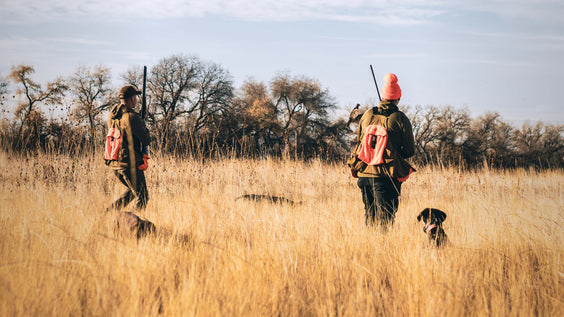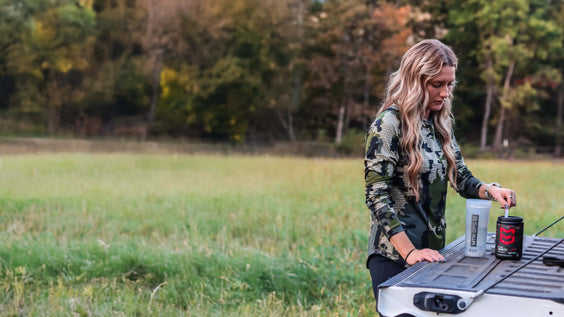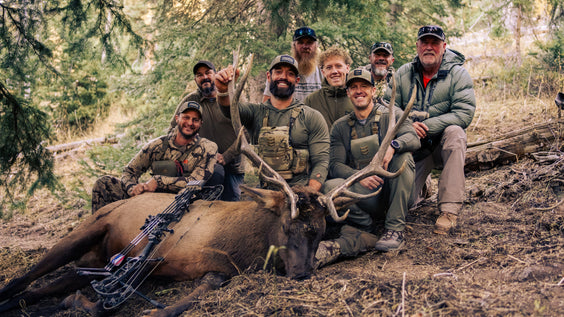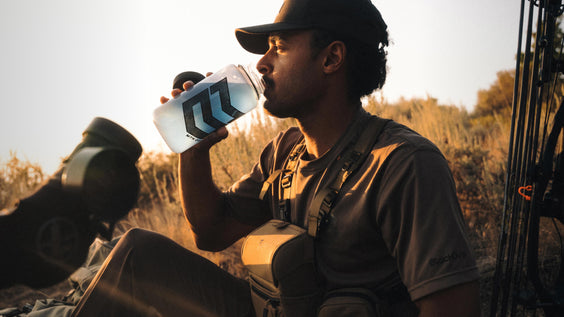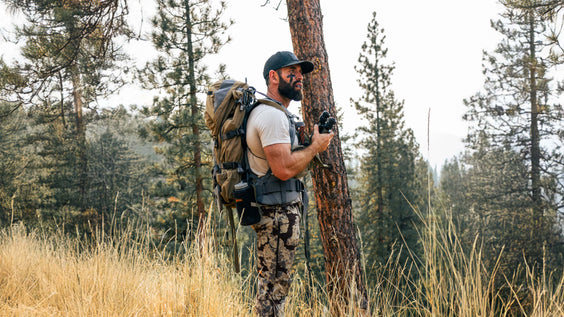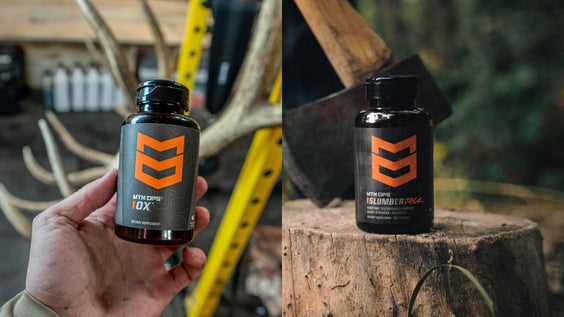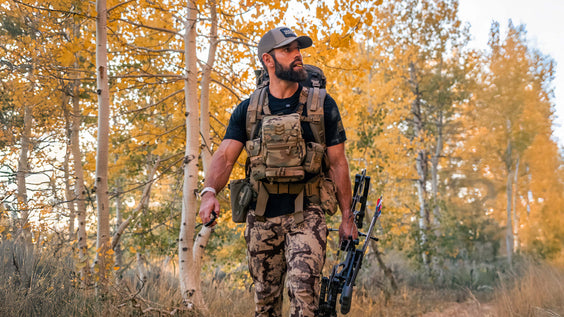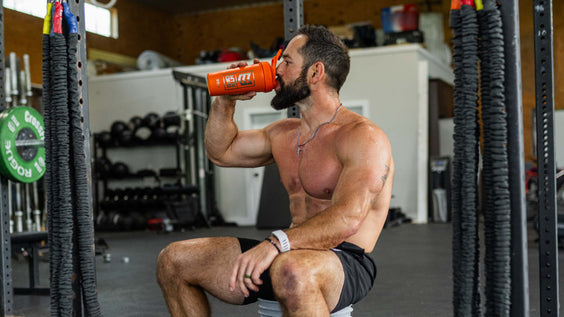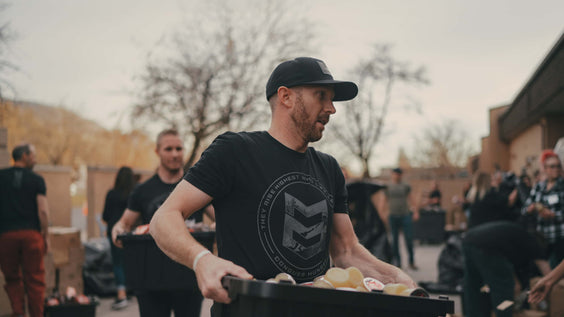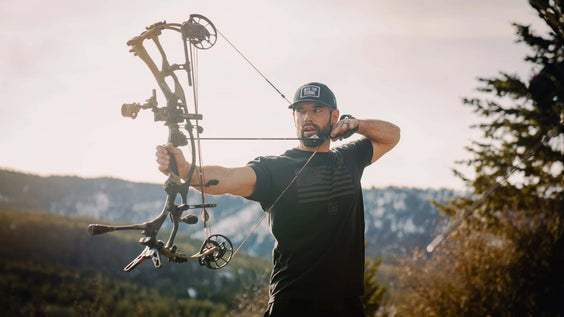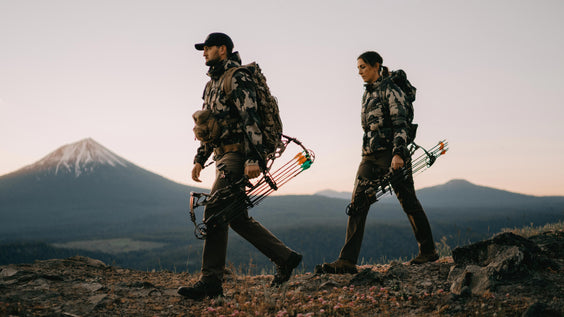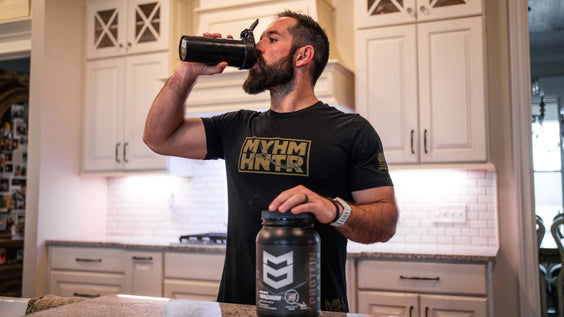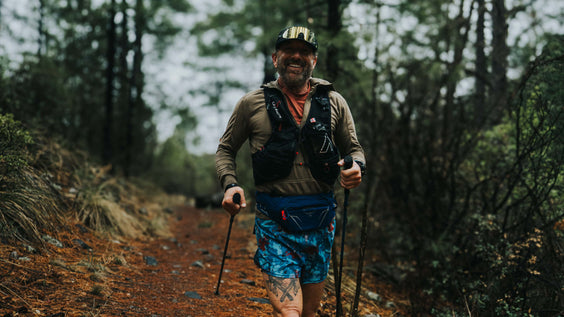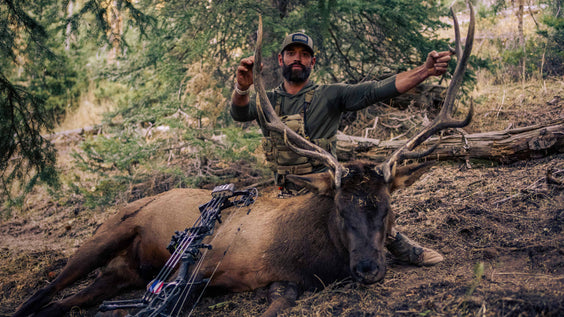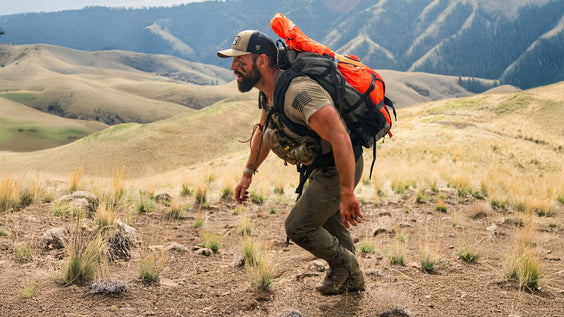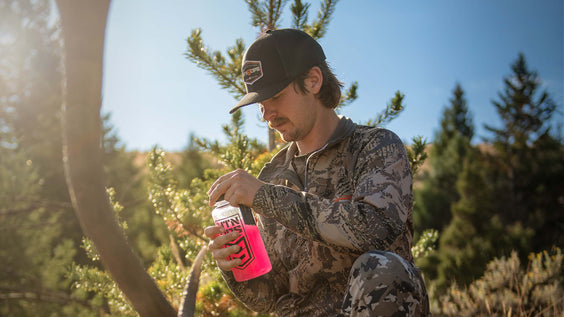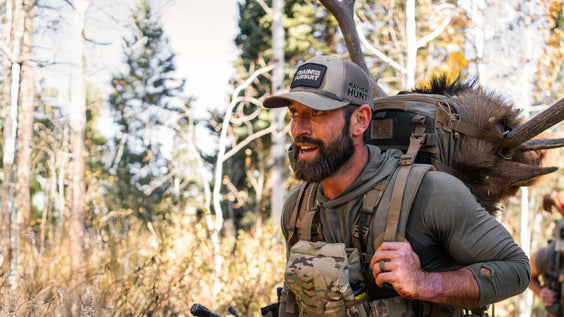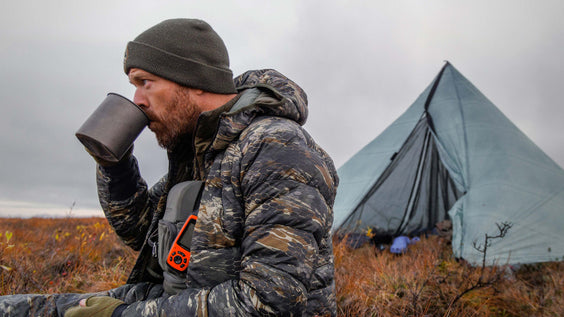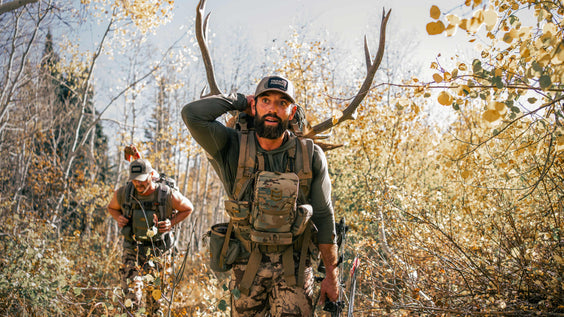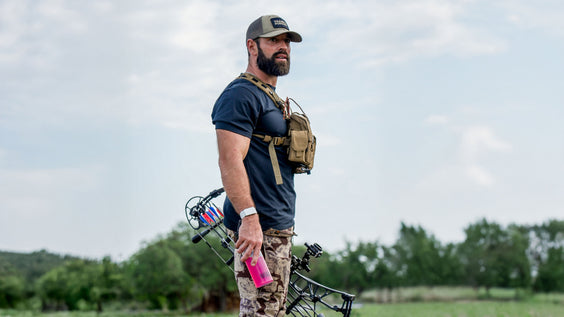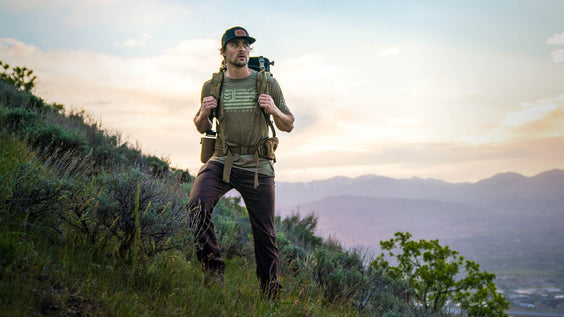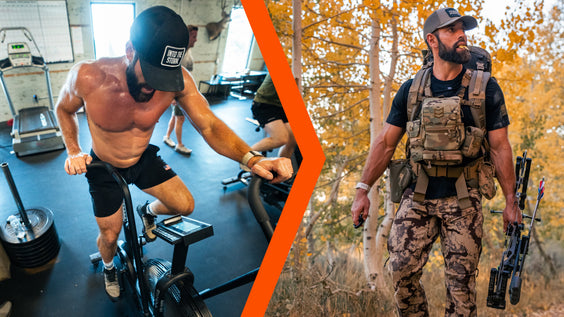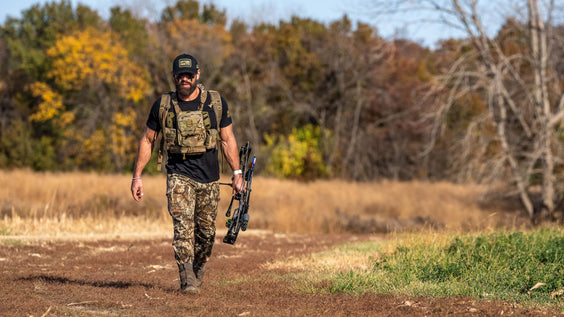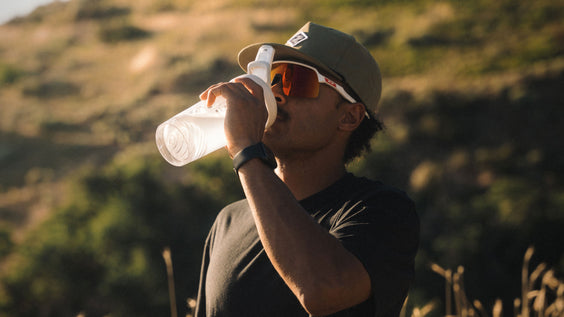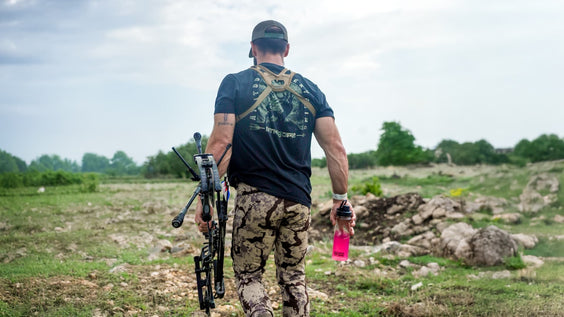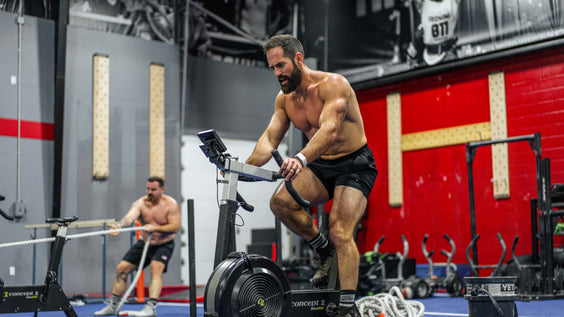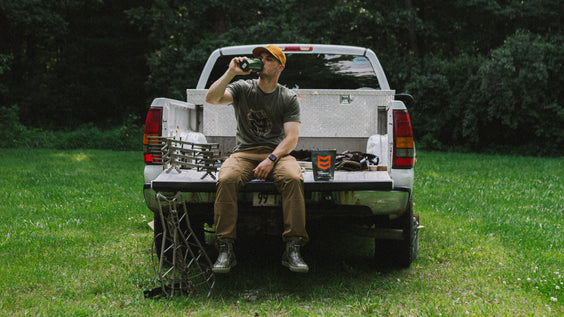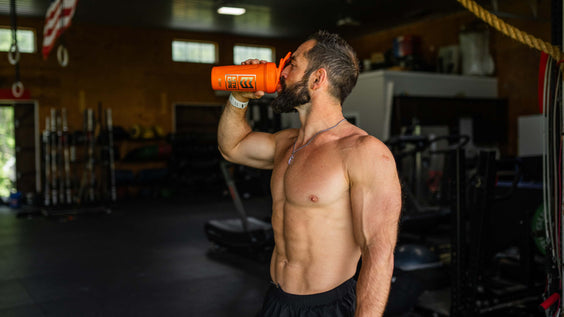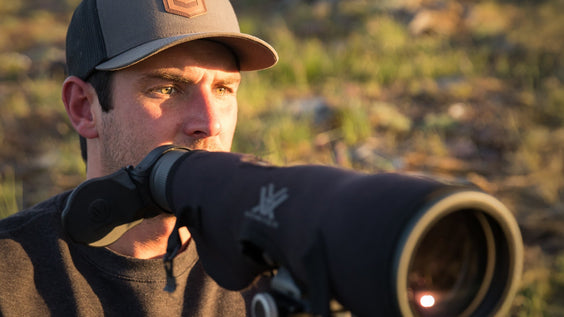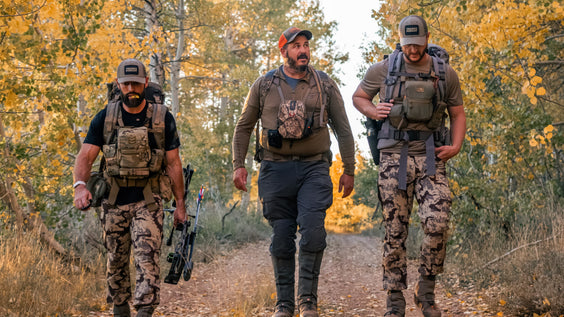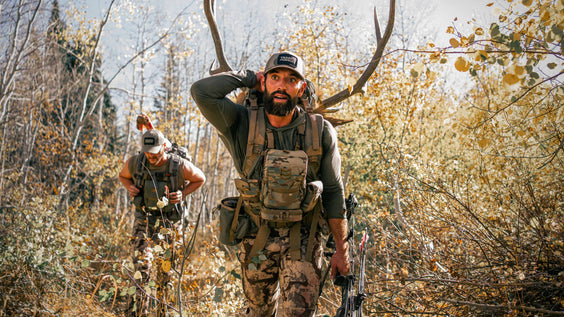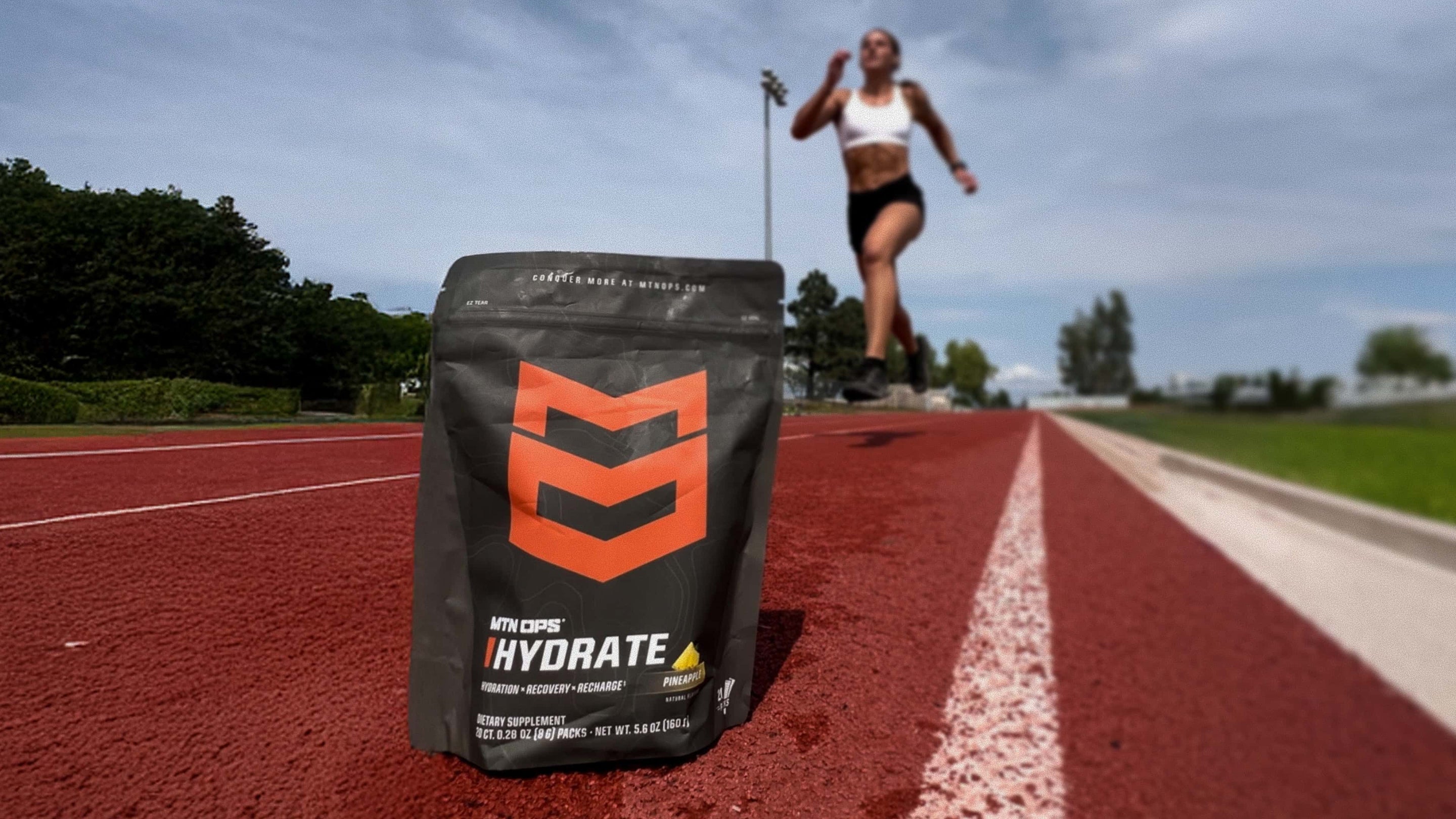
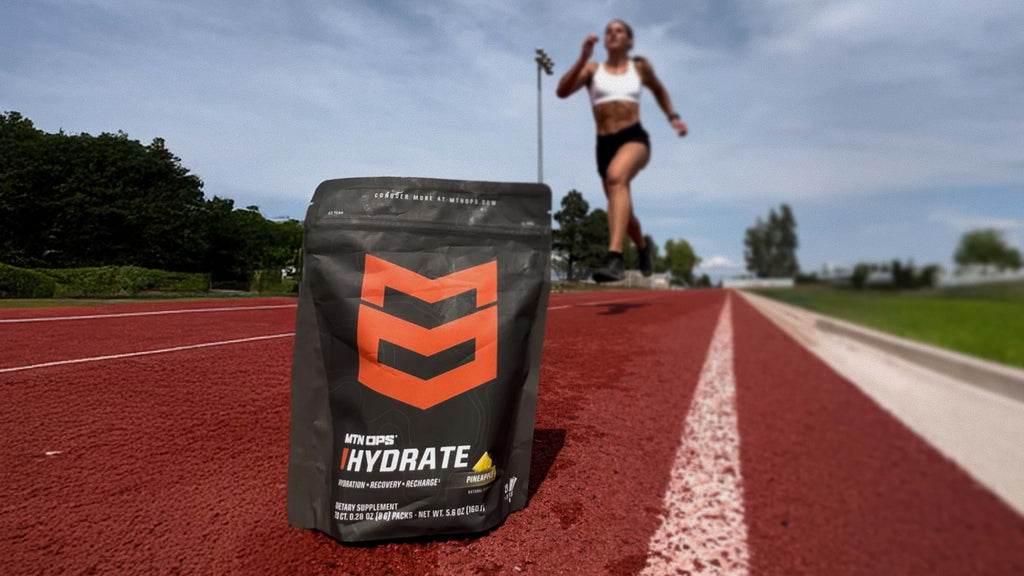
Hydration Protocol For Success in the Backcountry and The Gym
Jul 03, 2025
By MTN OPS TEAM
By Vince Kreipke
Hydration is the foundation of physical success. Without water, everything breaks down, literally. Whether you are hitting the gym or dropping into the backcountry at first light, hydration plays a crucial role in your success.
Water plays multiple roles when it comes to performance. Hydration status affects cardiac output, perceived exertion, thermoregulation, and blood flow (source), all of which influence physical and cognitive performance.
The problem is that you are constantly losing water. Granted, a lot of variables play into how fast that water is lost. But the point still stands. You are constantly losing water, which means the odds are constantly stacking against you.
For more details, slide over to this article for a deeper dive into hydration status.
While they are very similar, there are nuances to staying hydrated in the backcountry and in the gym. To help keep your fluid levels topped off, here are two protocols to keep you going in the gym and the backcountry.
Hydration Protocol For the Backcountry
Hydration success in the backcountry starts with building a base. To build this foundation, you have to know your base needs. Most experts recommend that you consume at least half your body weight (in pounds) in fluid ounces of water.
No matter what you are doing, know you have to consume this every day, no matter what. This is the constant.
With this in mind, we can start to plan the day.
In the backcountry, you are up before the sun. That means, first sips hit your lips before first light. Most people wake up dehydrated, meaning they are already starting from a deficit, which must be addressed if success is going to be optimally supported.
The American College of Sports Medicine recommends gradually drinking about 5 to 7 milliliters of water/ kilogram of body weight at least four hours before starting any physical activity. Since most break camp and are on the trail within that time frame, that means you need to wake up and start drinking. For the average person, trying to get in 16 fl oz is going to fit the bill.
Once on the trail, keep drinking. You are going to be moving most of the day, which means you’re working. If you are working, you are losing water.
Do not wait until you are thirsty. If you are thirsty, you are dehydrated.
Once you are moving, strive to get in 0.4 to 0.8 liters per hour. Another way to look at this, shoot at getting in at least 8 fl oz in 15-minute intervals. This is a perfect spot to supplement with electrolytes, to help maintain salt levels and fluid balance while on the move.
When you get back to camp, it's time to do some math. You know your foundation hydration requirement. Then add it to how long you were on the trail (assuming about one liter lost per hour walking), multiplied by at least 1.2. Research suggests that you need to consume the basal amount of water requirements plus an amount between 120% and 150% of water lost during exertion. Finally, subtract all the water that you drank up to that point (from waking up to getting back to camp). That remainder, that’s your goal to get before bed.
Hydration Protocol for the Gym and the Road
This protocol is going to be very similar to the backcountry. The main difference is that the amount is substantially less.
Start by knowing your baseline needs for the day (half your body weight in pounds in fluid ounces of water). This is the MINIMUM amount of water you need to drink over the course of the day.
Just like in the field, most people wake up dehydrated, and a dehydrated start means starting in a deficit. Strive to get in at least 8 fl oz upon waking.
The next part is highly dependent on your workout schedule. If you are a person who likes to get up and get after it, combine that initial cup with the recommended 5 to 7 ml/ kg of body weight in the coming four hours before your workout. Remember, there are about 237 ml in a cup (8 fl oz).
If you are more of an afternoon, evening gymgoer/ roadrunner, make sure you get in eight to 16 fl oz an hour before the session. This is a great spot to sneak in your electrolytes.
An intense gym session isn’t going to allow for a lot of hydration opportunities. If you can, sipping throughout can help keep hydration levels from falling too much. This is another spot to sneak in some salts. If possible, try to get in some mouthfuls every 15 minutes.
If you are looking at more of a marathon session (long runs, rucks, etc) of 1.5 hours or more, hydration status is going to play a much bigger role. Constant sipping is a must. Your protocol is going to look closer to the backcountry with 0.4 to 0.8 l/h. Also remember, the longer the session, the more of a necessity electrolytes become.
After the session, get to rehydrating. Again, assuming a sweat rate of 1 l/hr, you are looking at getting in at least 1.2 to 1.5 liters on top of what is left from your foundational needs.
Optimal performance requires optimal hydration. No matter where you are, in the field or in the gym, following a good hydration protocol is going to ensure a strong foundation from which success can be built.












